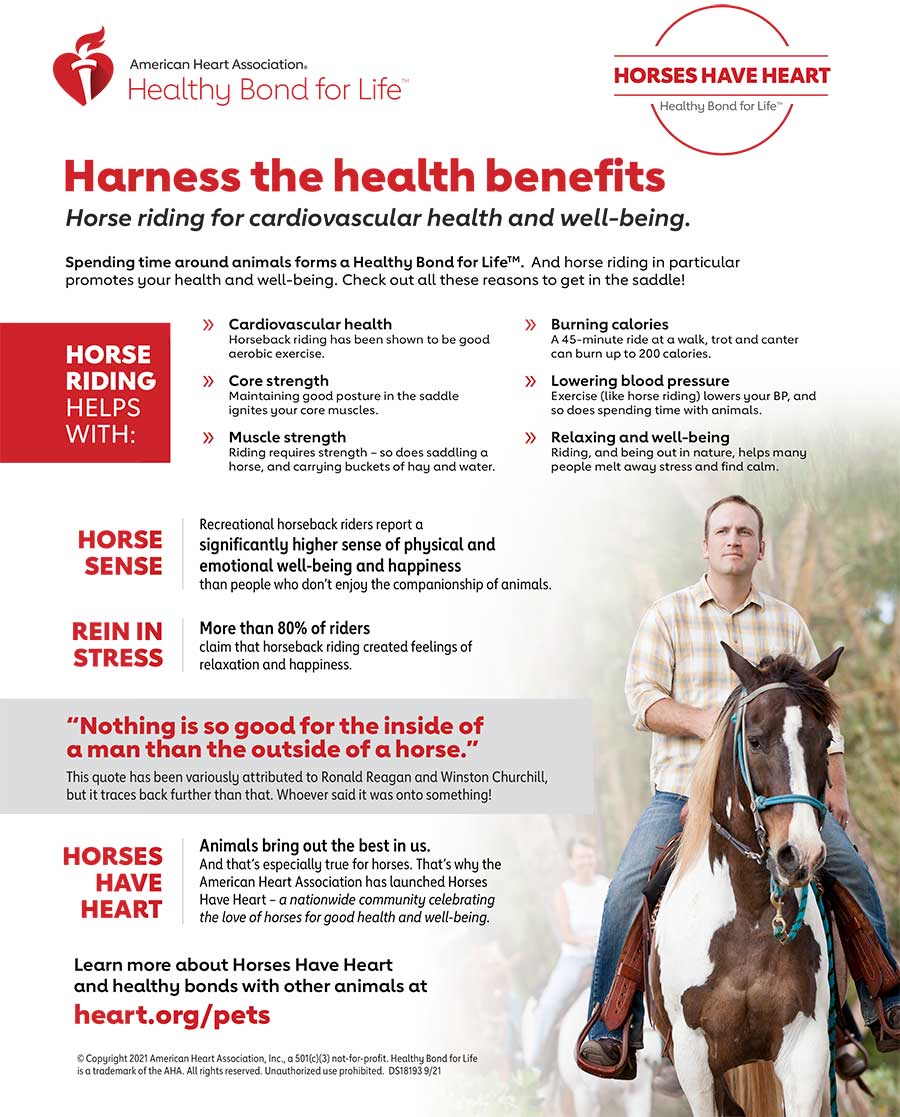If you’re looking for a fun and effective way to strengthen your core muscles, look no further than horseback riding. Not only is it a thrilling activity, but it also provides numerous benefits for your abdominal and back muscles. Whether you’re a beginner or an experienced rider, the constant adjustments and balance required to stay on the horse activate and engage your core muscles. So saddle up and discover the incredible benefits of horseback riding for core strength.
The Benefits of Horseback Riding for Core Strength
Horseback riding is not only a fun and enjoyable activity, but it also offers a multitude of benefits for your core strength. Whether you are an experienced equestrian or a beginner, riding horses regularly can greatly improve your overall fitness and enhance your physical well-being. Let’s take a closer look at some of the key advantages of horseback riding when it comes to core strength.
Improves Posture
One of the significant benefits of horseback riding is the improvement in posture. As you saddle up and sit on the horse, you are required to maintain an upright and balanced position. This constant effort to align your spine properly helps to strengthen the muscles in your back, shoulders, and abdomen, resulting in better posture both on and off the horse.
Enhances Stability and Balance
Maintaining stability and balance is essential when riding a horse, as the animal is constantly moving and shifting its weight. As you ride, your body must adjust and adapt to these movements, engaging your core muscles in the process. Over time, this leads to improved stability and balance, which can be beneficial in your day-to-day activities and other sports or physical endeavors.
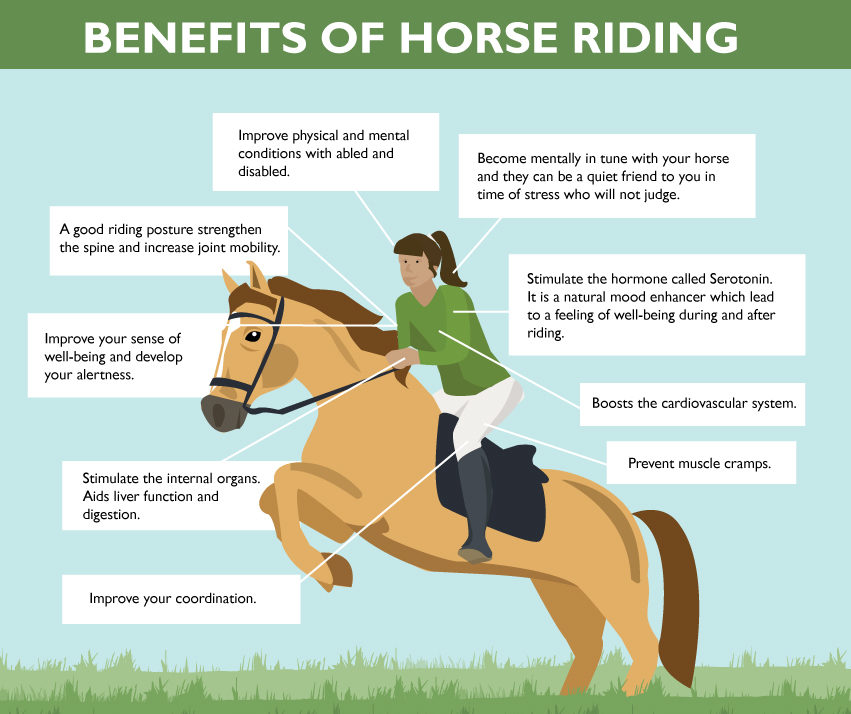
Builds Core Muscles
Horseback riding is a fantastic workout for your core muscles. These muscles include the deep muscles in your abdomen, back, and pelvis, which are responsible for maintaining stability and providing strength during movement. The rhythmic motion of the horse’s gait stimulates these muscles, forcing them to work and become stronger over time.
Engages Deep Abdominal Muscles
Engaging your deep abdominal muscles is crucial for maintaining a strong and stable core. Horseback riding encourages the activation of these muscles as you ride, promoting their development and enhancing their overall strength. These muscles not only help to improve your riding abilities but also provide stability and support to your spine, reducing the risk of injuries.
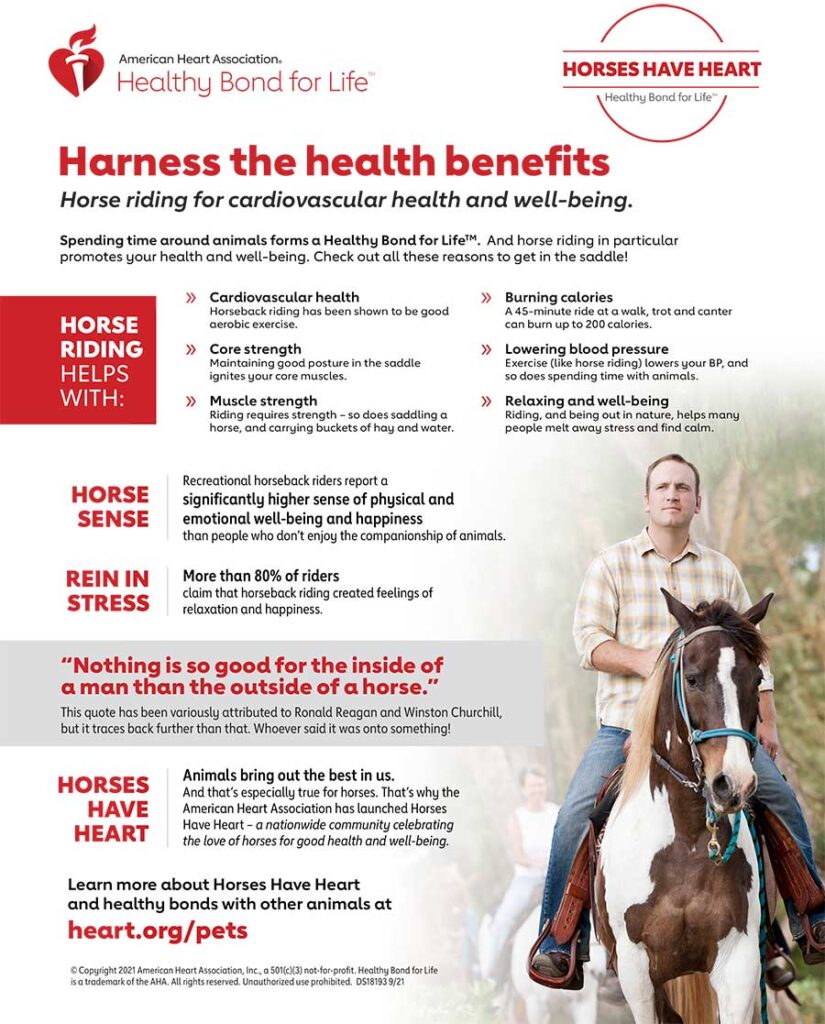
Strengthens Back Muscles
Horseback riding requires the use of your back muscles to maintain balance and control. These muscles are constantly activated and engaged as you ride, helping them to grow stronger and more resilient. Strengthening your back muscles is not only beneficial for riding, but it also contributes to a healthier and pain-free back in your daily life.
Improves Coordination
Coordinating your body’s movements while riding a horse is no easy task. It requires a harmonious collaboration between your upper and lower body, as well as a strong connection with the horse. By practicing riding regularly, you can greatly improve your coordination skills, leading to better overall body control and proprioception.
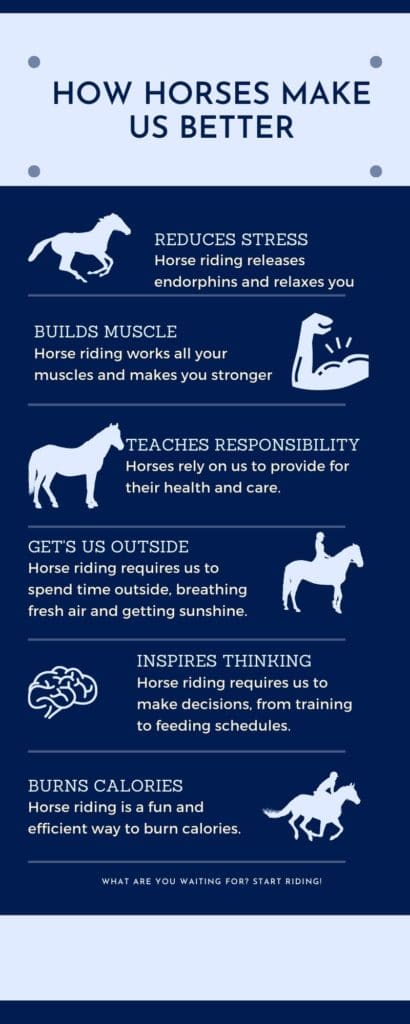
Promotes Flexibility
Horseback riding involves a range of movements and positions that require flexibility. From mounting and dismounting the horse to the various riding techniques, each movement challenges your body to stretch and extend. Regular riding not only helps to improve your flexibility but also reduces muscle stiffness, making you more agile and less prone to injuries.
Increases Endurance
Riding a horse can be physically demanding, especially during longer rides or when participating in equestrian sports. The constant engagement and activation of your core muscles, coupled with the cardiovascular exertion, can significantly increase your endurance levels. Regular horseback riding sessions can improve your stamina, allowing you to engage in other physical activities with greater ease.
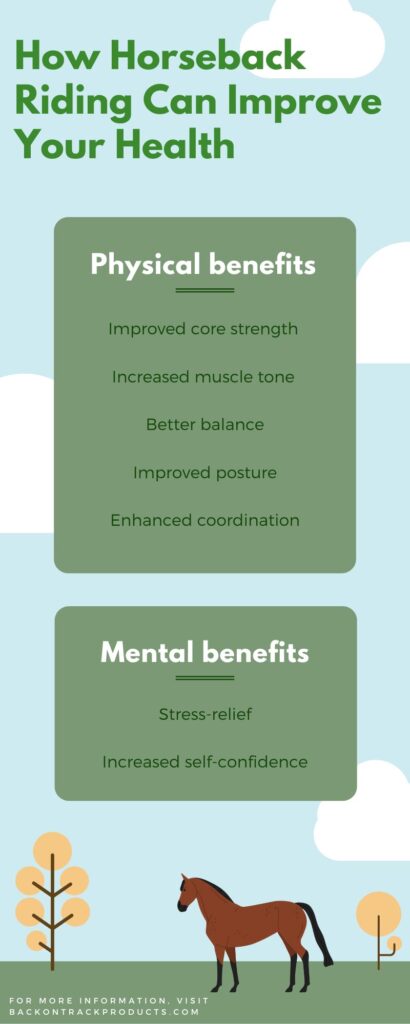
Boosts Mental Focus and Concentration
Riding a horse requires significant mental focus and concentration. As you navigate the horse, communicate with it, and react to its movements, you must stay mentally present and focused. This level of concentration not only improves your horsemanship skills but also carries over to other areas of your life, enhancing your ability to concentrate and stay focused on tasks.
Provides Low-Impact Exercise
For individuals who prefer low-impact exercises, horseback riding is an excellent option. Unlike high-impact activities such as running or jumping, riding a horse puts minimal stress on your joints and bones. This makes it a suitable choice for people with joint pain or injuries, as it allows them to engage in physical activity while minimizing the risk of further damage or discomfort.
In conclusion, horseback riding offers numerous benefits for core strength. From improved posture and enhanced stability to increased endurance and mental focus, regular equestrian activities can have a transformative effect on your overall fitness. So saddle up, enjoy the ride, and experience the incredible advantages that horseback riding brings to your core strength and well-being.
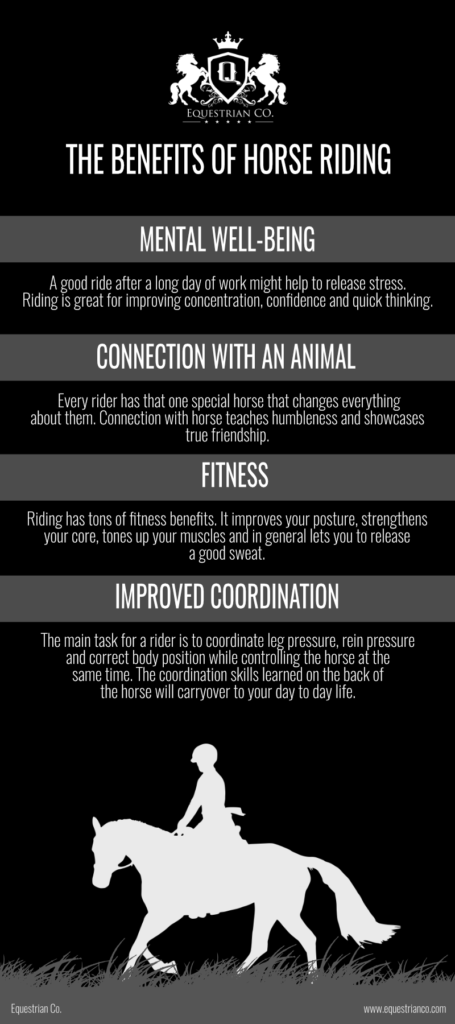
Questions and Answers
-
How does horseback riding improve posture?
- Horseback riding helps to align the spine properly, strengthening the muscles in the back, shoulders, and abdomen, resulting in better posture.
-
What are some benefits of horseback riding for core strength?
- Horseback riding enhances stability, builds core muscles, engages deep abdominal muscles, strengthens back muscles, and improves coordination.
-
How does horseback riding promote flexibility?
- The various movements and positions involved in horseback riding challenge the body to stretch and extend, promoting flexibility and reducing muscle stiffness.
-
Can horseback riding improve endurance?
- Yes, regular horseback riding sessions can significantly increase endurance levels due to the physical exertion and engagement of core muscles.
-
Is horseback riding a low-impact exercise?
- Yes, horseback riding is a low-impact exercise that puts minimal stress on joints and bones, making it suitable for individuals with joint pain or injuries.
-
Does horseback riding require mental focus?
- Yes, riding a horse requires significant mental focus and concentration to navigate and react to the horse’s movements accurately.
-
Does horseback riding strengthen back muscles?
- Yes, riding a horse requires the use of back muscles for balance and control, leading to the strengthening of these muscles over time.
-
How does horseback riding help with stability and balance?
- As the horse constantly moves and shifts its weight, riders must adjust their bodies accordingly, engaging their core muscles and improving stability and balance.
-
What are the deep abdominal muscles?
- The deep abdominal muscles are the muscles located beneath the surface layer of abdominal muscles, responsible for maintaining stability and providing strength during movement.
-
Can horseback riding help with better overall body control?
- Yes, by practicing riding regularly, individuals can improve their coordination skills, leading to better overall body control and proprioception.
